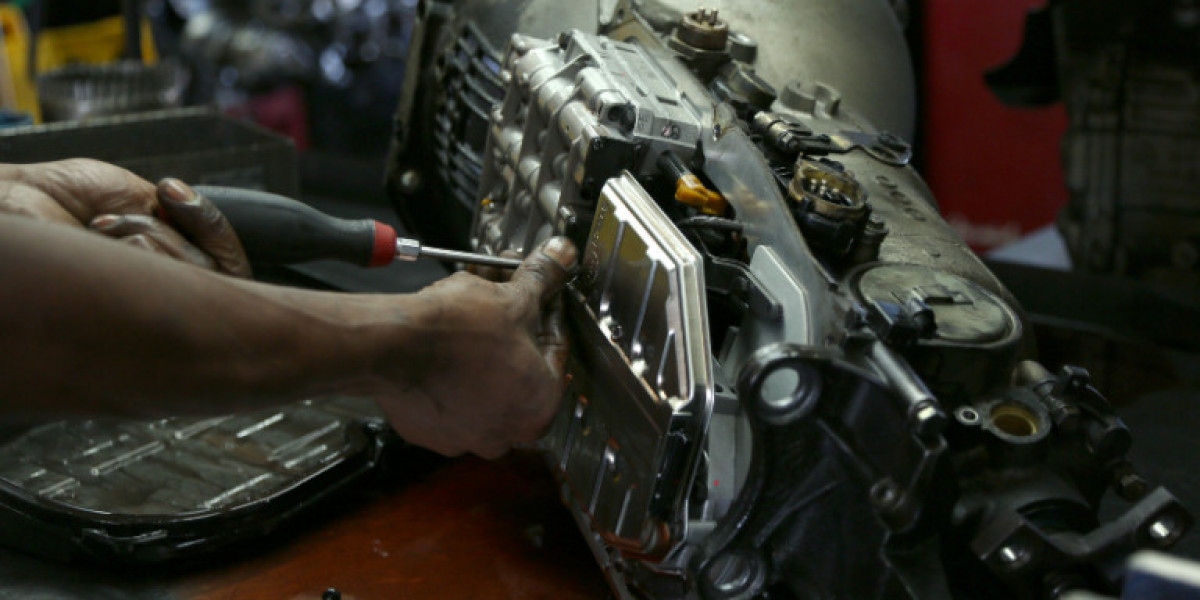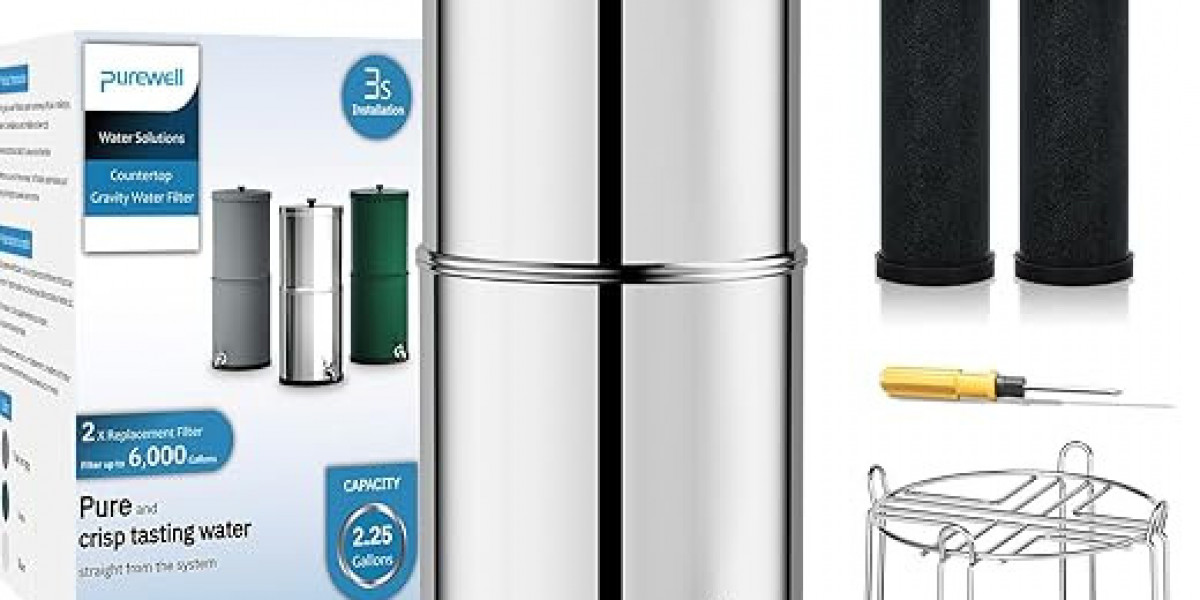Your car’s transmission is responsible for delivering power from the engine to the wheels, ensuring smooth gear shifts and efficient driving. But when a transmission starts to slip, it can disrupt your vehicle’s performance and even become a safety hazard. At Torrance Transmission Service, we often hear from drivers experiencing this issue, and we’re here to help you identify the signs of transmission slipping before it leads to bigger problems.
What is Transmission Slipping?
Transmission slipping occurs when your car’s transmission fails to stay engaged in the correct gear. Instead of providing consistent power to the wheels, it “slips” out of gear or struggles to shift. This issue can happen in both automatic and manual transmissions and is often a sign of underlying problems like low fluid levels, worn-out components, or damaged gears.
Ignoring transmission slipping can lead to severe damage, costly repairs, or even a complete transmission failure. Here are five key signs that indicate your transmission might be slipping.
1. Delayed Acceleration
One of the most noticeable symptoms of transmission slipping is delayed acceleration. If you press the gas pedal and notice that the engine revs up but your car doesn’t accelerate as it should, your transmission may not be transferring power effectively.
What to Do:
- Pay attention to how your car responds when accelerating, especially after a stop.
- If the delay is persistent, it’s time to bring your vehicle in for an inspection at Torrance Transmission Service.
2. Unusual Noises
A healthy transmission operates quietly, but slipping can cause unusual sounds such as:
- Whining or buzzing noises: Often a sign of low transmission fluid.
- Grinding or clunking sounds: May indicate worn-out gears or internal damage.
These noises can occur during acceleration, while shifting, or even when the car is idle.
What to Do:
- Note when and where the noises occur and bring your car in for diagnostics.
3. Burning Smell
A burning odor coming from your car is never a good sign, and it could be related to your transmission. Transmission slipping often causes the system to overheat, which can burn the transmission fluid and produce a distinctive smell.
What to Do:
- If you detect a burning smell, pull over immediately and have your car towed to a professional. Continuing to drive with overheating transmission fluid can cause irreversible damage.
4. Trouble Shifting Gears
Slipping transmissions often have difficulty shifting gears. For automatic transmissions, you may notice:
- Hard Shifts: Jerking or shaking when changing gears.
- Failure to Stay in Gear: The car unexpectedly shifts out of gear, causing a sudden loss of power.
For manual transmissions, the clutch may feel loose or fail to engage properly.
What to Do:
- Don’t ignore gear-shifting problems—they can make your vehicle unsafe to drive. Bring your car to Torrance Transmission Service for a free diagnostic check.
5. Dashboard Warning Light
Modern vehicles are equipped with sensors that monitor transmission performance. If the check engine light or a specific transmission warning light comes on, it could indicate slipping or another transmission problem.
What to Do:
- Don’t dismiss warning lights. Bring your car to our shop, where our technicians can perform a diagnostic scan to identify the issue.
What Causes Transmission Slipping?
Transmission slipping can result from several issues, including:
- Low Transmission Fluid: Fluid lubricates and cools the transmission. Low levels or old, dirty fluid can cause slipping.
- Worn Clutch (Manual Transmissions): A worn or damaged clutch can prevent proper gear engagement.
- Damaged Gears: Over time, gears can wear out or become misaligned, leading to slipping.
- Faulty Solenoids (Automatic Transmissions): These components control the flow of transmission fluid, and a malfunction can disrupt shifting.
- Overheating: Excessive heat can damage internal components and degrade fluid, leading to slipping.
How to Prevent Transmission Slipping
- Regular Maintenance: Schedule routine transmission fluid checks and changes based on your vehicle’s manufacturer recommendations.
- Avoid Overloading Your Vehicle: Carrying too much weight can strain the transmission.
- Drive Gently: Avoid aggressive acceleration or sudden stops to reduce wear on your transmission.
- Address Problems Early: At the first sign of trouble, bring your vehicle to Torrance Transmission Service for an inspection.
Why Choose Torrance Transmission Service?
At Torrance Transmission Service, we’ve been serving the Torrance, CA, community since 1976 with expert transmission repairs and maintenance. Whether your transmission is slipping or you need routine maintenance, our experienced technicians can help.
- Free Diagnostic Checks: We’ll pinpoint the issue and provide a clear explanation of the problem.
- Expert Technicians: Our team specializes in both automatic and manual transmissions, ensuring accurate repairs.
- Nationwide Warranty: As an ATRA-certified shop, we back our work with a warranty you can count on.
- Transparent Pricing: No hidden fees—just honest, upfront quotes.
Don’t Ignore the Signs—Contact Us Today!
If you’re experiencing any of the signs of transmission slipping, don’t wait until it becomes a bigger problem. Contact Torrance Transmission Service today to schedule a free diagnostic check.
- Phone: (310) 378-9217
- Address: 24009 Hawthorne Boulevard, Torrance, CA 90505
- Website: Torrance Transmission Service
- Hours: Mon-Fri: 8:00 AM – 5:00 PM, Saturday: 9:00 AM – 12:00 PM (By Appointment Only)
Trust us to restore your transmission and get you back on the road with confidence.









